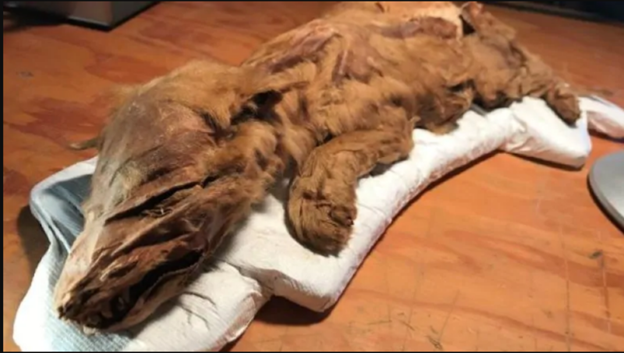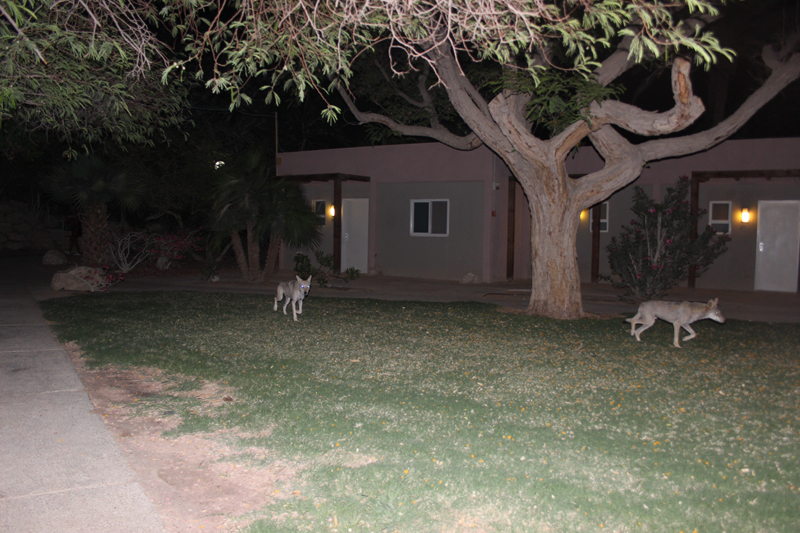 Being creative can be as challenging as grabbing a handful of fog. The mind and body may be willing, but the muse often chooses its own time to appear. Some people seem to be in a constant state of creative consciousness, while others grunt and grind their way along as if pushing a two-ton rock up a steep hill.
Being creative can be as challenging as grabbing a handful of fog. The mind and body may be willing, but the muse often chooses its own time to appear. Some people seem to be in a constant state of creative consciousness, while others grunt and grind their way along as if pushing a two-ton rock up a steep hill.
But sooner or later, most creatives experience an “aha!” moment that propels them forward on a rush of star-studded euphoria.
So, what flips the switch from mundane to innovative?
Sometimes I can write my way into a creative flow by playing with a variety of words, scenarios and random combinations. Or a walk in the woods or along the Salish Sea can transform nebulous thoughts into a quirky idea.
And, although far less enjoyable, creative thoughts also emerge while doing something mindless like washing dishes or vacuuming.
But even when struggling, I’m drawn to the craft of story.
Curiosity is the driving force behind my creativity. Even as a child I was always asking questions and silently watching what people did and the ways others reacted. I want to know why something happens and how people become who they are.
Inspiration is usually sparked by an external incident: rotting fish being converted into ooligan grease, a cougar screaming in the greenspace behind my home or feeling uncomfortable around the homeless in my community.
I’m intrigued by the reasons people live and act the way they do. And of the dark that lies below the surface sometimes swimming to the top to wreak havoc. What’s the backstory? How do people change? Or even survive?
In previous books, I’ve examined relationships between people and wildlife, the landscape, and other cultures. Now I’m exploring a more intimate relationship, that of a family shattered by past events, never acknowledged or spoken about.
Switching from nonfiction to fiction is a challenge, leading to much thought and contemplation. On his website, internationally renowned author Michael Connelly says he recently created a new series, “Because you have to write like a shark. You keep moving or you die creatively.”
Now I’m exercising my creative muscles in different ways and learning new aspects of the story-telling journey. Writing like a shark involves change and stepping outside my comfort zone.
I never know how each dance with the muse will turn out but that’s part of the charm. Every story is an adventure.


